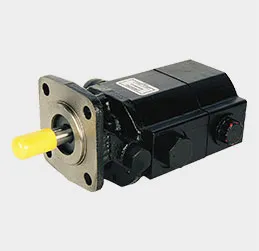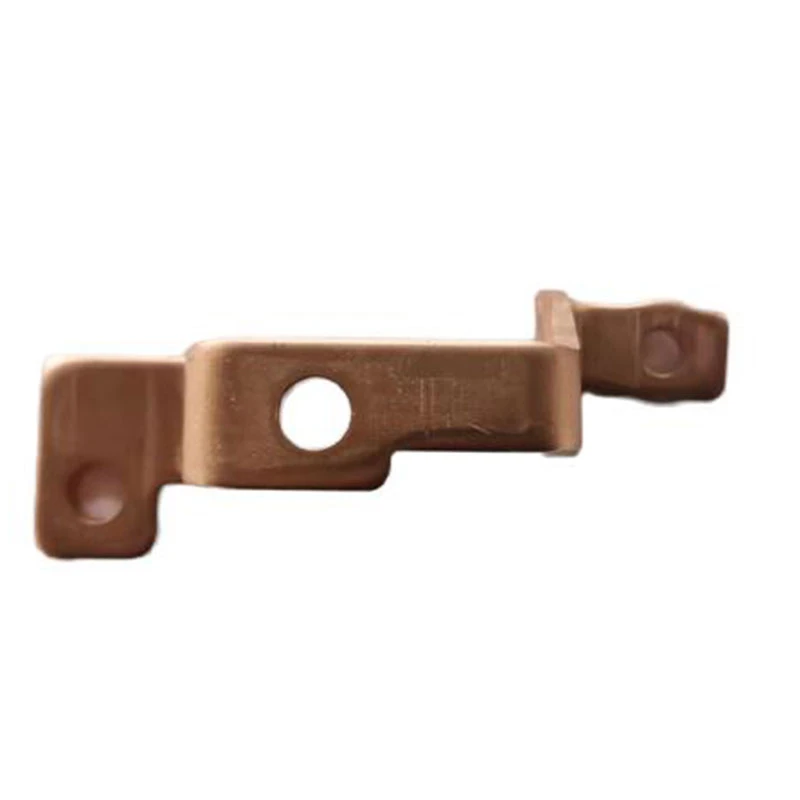2月 . 13, 2025 10:54
Back to list
die cast design guidelines
Die casting is a highly popular manufacturing process that is widely used across various industries to produce intricate metal components with excellent dimensional accuracy and versatile characteristics. While the technique offers exceptional advantages, such as high production rates and the ability to create complex geometries with precision, the success of any die cast component starts from its design phase. Adhering to established die cast design guidelines not only ensures the functional integrity of the final product but also enhances its manufacturability and cost-effectiveness.
Attention must also be given to the gating and venting systems in the die cast design. Efficient gating design ensures that the molten metal fills the cavity in the most effective manner, reducing turbulence and air entrapment. Proper venting allows trapped air and gases to escape during the casting process, which is essential in preventing gas porosity defects. An expert understanding of flow dynamics within the die is imperative to develop an efficient system, optimizing the cycle time and ensuring a high-quality finish. Another crucial consideration is the selection of materials. Each alloy used in die casting offers distinct advantages, whether it be aluminum, zinc, magnesium, or others. The chosen material should fulfill the required mechanical properties, corrosion resistance, and thermal conductivity for the intended application while also integrating seamlessly with the production process. An extensive understanding of material science is beneficial in making the right choice that aligns with the component's operational environment. Effective communication and collaboration with die casting manufacturers can significantly aid the design phase. Leveraging the expertise of manufacturers can provide valuable insights into cost trade-offs, potential design modifications, and process limitations that may not be immediately apparent. Aligning with experienced manufacturers early in the design process can prevent costly revisions later and ensure that the design is optimized for manufacturability from the onset. By embracing these die cast design guidelines, engineers can create high-quality products that meet dimensional tolerances and perform reliably in their intended applications. Integrating sound design principles not only benefits the product's performance and longevity but also supports cost-efficiency and sustainability throughout the manufacturing cycle. Ultimately, leveraging expertise and maintaining an open dialogue with manufacturing partners plays a critical role in converting innovative designs into successful die-cast products that cater to market demands effectively.


Attention must also be given to the gating and venting systems in the die cast design. Efficient gating design ensures that the molten metal fills the cavity in the most effective manner, reducing turbulence and air entrapment. Proper venting allows trapped air and gases to escape during the casting process, which is essential in preventing gas porosity defects. An expert understanding of flow dynamics within the die is imperative to develop an efficient system, optimizing the cycle time and ensuring a high-quality finish. Another crucial consideration is the selection of materials. Each alloy used in die casting offers distinct advantages, whether it be aluminum, zinc, magnesium, or others. The chosen material should fulfill the required mechanical properties, corrosion resistance, and thermal conductivity for the intended application while also integrating seamlessly with the production process. An extensive understanding of material science is beneficial in making the right choice that aligns with the component's operational environment. Effective communication and collaboration with die casting manufacturers can significantly aid the design phase. Leveraging the expertise of manufacturers can provide valuable insights into cost trade-offs, potential design modifications, and process limitations that may not be immediately apparent. Aligning with experienced manufacturers early in the design process can prevent costly revisions later and ensure that the design is optimized for manufacturability from the onset. By embracing these die cast design guidelines, engineers can create high-quality products that meet dimensional tolerances and perform reliably in their intended applications. Integrating sound design principles not only benefits the product's performance and longevity but also supports cost-efficiency and sustainability throughout the manufacturing cycle. Ultimately, leveraging expertise and maintaining an open dialogue with manufacturing partners plays a critical role in converting innovative designs into successful die-cast products that cater to market demands effectively.
Latest news
-
Precision Sheet Metal Stamping Manufacturer | Fast & ReliableNewsAug.01,2025
-
OEM Sand Cast Pump Valve Fittings - Baoding Hairun Machinery And Equipment Trading Co., Ltd.NewsAug.01,2025
-
Custom OEM Impellers | High Efficiency & PrecisionNewsAug.01,2025
-
OEM Sand Cast Pump Valve Fittings - Baoding Hairun Machinery | Customization, Quality AssuranceNewsAug.01,2025
-
OEM Sand Cast Pump Valve Fittings - Baoding Hairun Machinery And Equipment Trading Co., Ltd.NewsAug.01,2025
-
OEM Sand Cast Pump Valve Fittings - Baoding Hairun Machinery And Equipment Trading Co., Ltd.NewsJul.31,2025
PRODUCTS CATEGORIES















